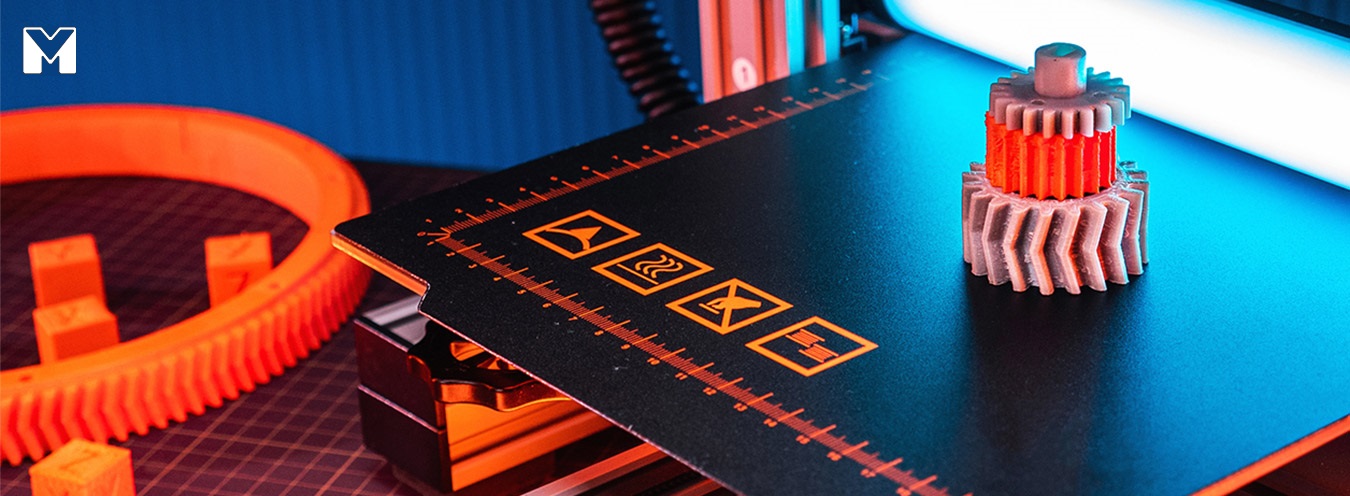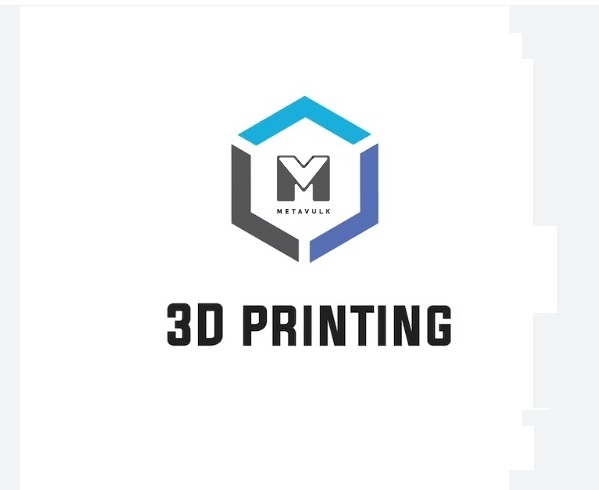Material: TPU and TPE 70 – 95 Sh°.
Both TPE and TPU are special polymers that have plastic and rubber properties at the same time, so they are not specifically called plastic or rubber, but can be both. It depends on how strictly we take the basic definitions. The most fundamental difference between TPE/TPU and “classic” rubber is that TPE/TPU is thermoplastic, i.e. it softens under the influence of heat, while “common” rubber is NK, EPDM, SBR, etc. thermoset, i.e. it “hardens” and vulcanizes under the influence of heat, but both types can still be called “rubber”.
Basically produced in black and white, but in case of harder quality 90-95 Sh° several colours are available (red, blue, gray, transparent, etc.)
Alternatíve material: Silicone 25 Sh°A – is currently available only in white.
The 3D printing technology is simply FDM. The printer is a self-developed, self-assembled “off-the-shelf” device.
Our current printing size capacity is 200 x 200 x 180 mm.
It is important to know that it is still not possible to print in 3D all parts in good quality with this technology as it has its limitations.
Advantages:
• no need to pay expensive tooling costs
• fast response (depending on the model or sample’s readiness, complexity, machine load) even within a few working days.
• very good physical indicators and chemical resistance
• technology that is also very useful for making prototypes
• Even 1 product can be produced relatively cost-effectively
Disadvantages:
• Surface quality is “striped” due to the technology, unevenness may occur but Iwith functional products, where the buyer has to decide between a cheaper, functionally perfect but 95% in appearance product, or a much more expensive product, it is not certain , to choose the more expensive product
• hardness limit is max. 70 Sh°A / Sh°D (production due to safety and mechanical properties)
• however, with a special technology, it is possible to manufacture hybrid printed Silicone products up to a hardness of 25 Sh°A
• due to the geometry of the printing supports (this is of course not the case for all rubber products, only for those with such geometry) surface defects due to the rubber base material.
• due to FDM technology and rubber printing difficulties, the production time is slow, especially compared to an injection molding tool, which is clearly a problem with larger serial numbers, but there the tooling is already justified. Depending on the size and complexity of the product, even a product with a serial number of a few hundred pieces can be more cost-effective compared to injection molded products.
 download pdf: 3D_rubber_printing
download pdf: 3D_rubber_printing

